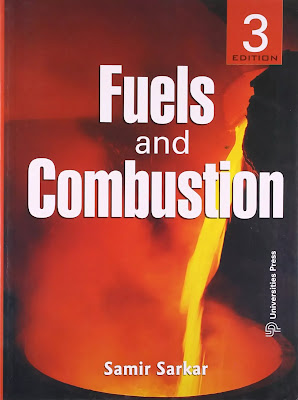GATE EXAM:
The Graduate Aptitude Test in Engineering is an examination that primarily tests the comprehensive understanding of various undergraduate subjects in engineering and science for admission into the Masters Program of institutes as well as jobs at Public Sector Companies.
Exam Pattern of GATE 2021
Particulars | Details |
Mode | Computer Based Test |
Duration | 3 Hours |
Type of Questions |
|
Total Number of Questions | 65 |
Total Marks | 100 |
Negative Marking | MCQs will have negative marking while NAT will not. |
GATE Study Material for Chemical Download from Below links
Thanks For Downloading,Share To Your batch mates and all the Best.
"Work HARD,but not Only HARD WORK Smart Work Is also Important"














